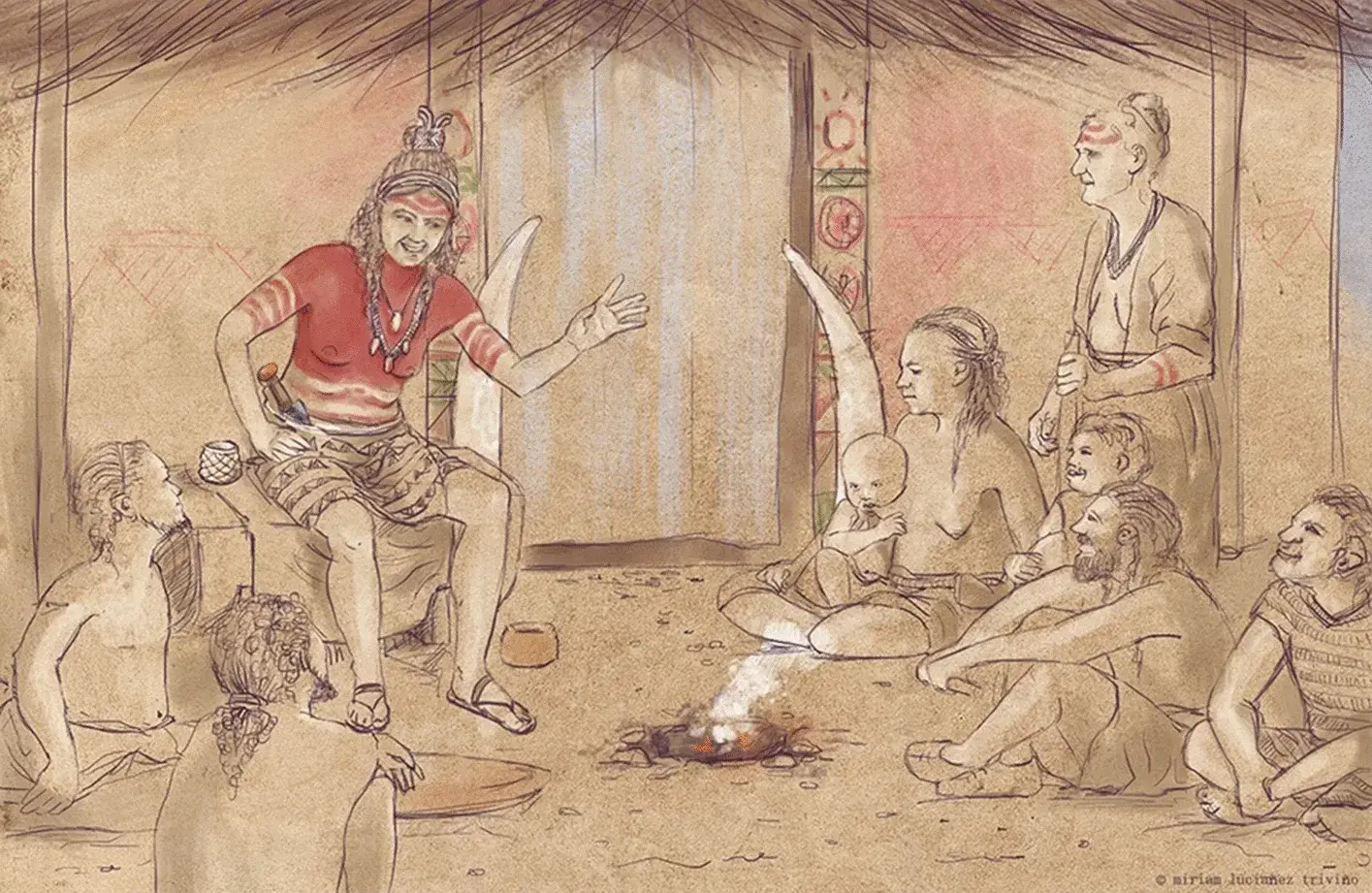cross-posted from: https://lemmy.world/post/1207808
In 2008, archaeologists in Valencina, Spain, discovered a stunningly ornate tomb. The single-occupancy grave, a rarity in itself for the time, contained a treasure trove of valuables: a rock crystal dagger, high-quality flint, ostrich eggshells and ivory, including the tusk of an African elephant.
Dating to the Iberian Copper Age—some 5,000 years ago—it held an individual who likely died between the ages of 17 and 25. Assuming the tomb belonged to a wealthy, powerful leader, scientists called this individual the “Ivory Man.” But now, 15 years later, researchers have determined that the Ivory Man was actually an “Ivory Lady,” according to a study published Thursday in the journal Scientific Reports.
To reach this conclusion, researchers used a new technique that can identify an individual’s sex based on tooth enamel. This process can be more effective than DNA analysis when studying remains in especially poor condition.
This new research shows that women could hold high-status roles in Iberian society at the time—and that this particular woman may have even been the “highest-ranked person” during her lifetime, says study co-author Leonardo García Sanjuán, an archaeologist at the University of Seville in Spain, to Live Science’s Jennifer Nalewicki. He adds that the Ivory Lady’s wealth and social status were impressive even when compared against a database of approximately 2,000 Copper Age burials in the region.
“The Ivory Lady totally stands out, head and shoulders above the rest, either male or female,” he tells Science’s Celina Zhao.
Researchers think that the Ivory Lady may have been revered for several generations, reports CNN’s Katie Hunt. Other graves and artifacts around her tomb date to as late as 200 years after her death.
Additionally, one nearby tomb—the only “comparably lavish” grave in the area, according to a statement announcing the new study—contains the remains of at least 15 women, suggesting that other women held leadership positions and high status during this period. (…)
Choice quote:
He tells Live Science that researchers have made similar mistakes in other cases, and that such assumptions are “a poor scientific practice and a cautionary tale.”
I suspect in the coming years we’re going to be shifting a lot of legacy attitudes around gender in Bronze Age and Early Iron Age history in various places.
Would be great if assumptions of power and class didn’t involve assumptions of gender.
It should be more embarrassing than it is when we see things like research citing “Akhenaten’s religious reforms” when they occur a year after he marries “beautiful woman who arrived” who early on is depicted worshipping the Aten with her daughter without him, is the only woman in Egyptian history depicted in the smiting pose, and in the Boundary stelae for the new city he built for the Aten was described as getting everything she asked for and shortly after he explicitly assured the reader he’s not building the city because his wife told him to, but because the Aten did.
The reauthoring of history during more misogynistic periods like the advent of Greek histories has had too influential a priming effect on the field for too long, and flies in the face of periods in history where you have things like Padukhepa co-signing the treaty between Egypt and the Hittites which brilliantly only differed in the bilingual text to have the Hittites suing for peace in the Egyptian version and the Egyptians in the Hittite version.
The contribution (and even just plausible contribution) of women leadership and authority in antiquity deserves more limelight than it’s recieved by far, and stopping assuming the sex of burials based on status would certainly be a small step in the right direction.


